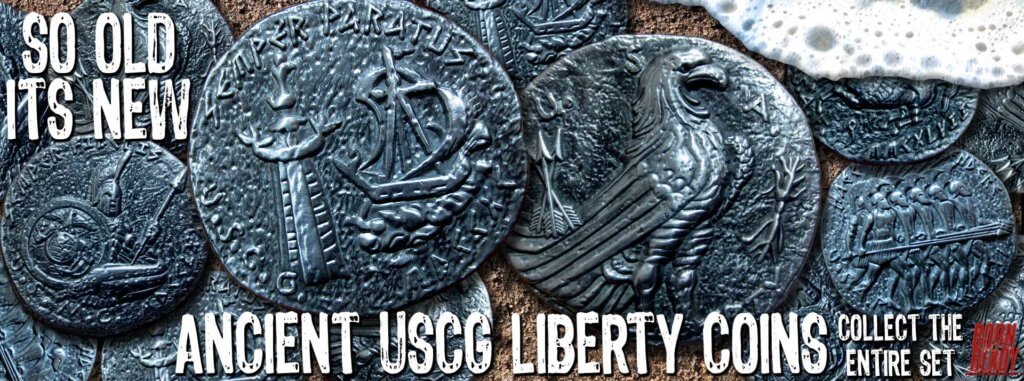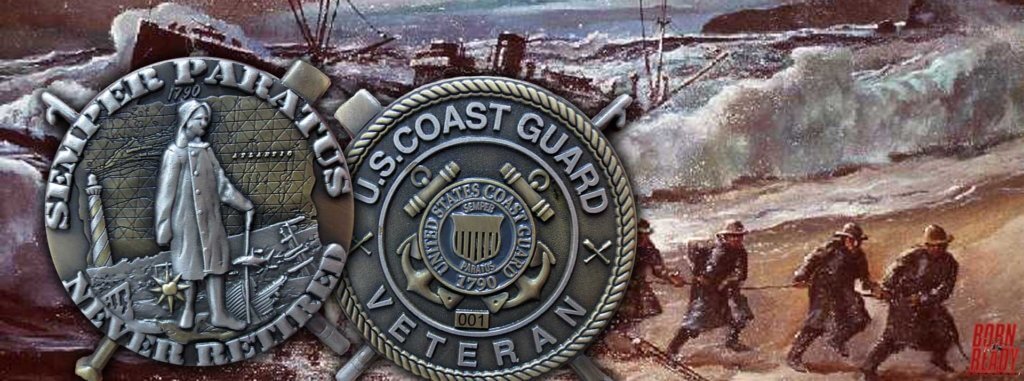The United States Coast Guard (USCG) holds a storied history as one of the nation’s oldest and most versatile military services. Established in 1790, the USCG has evolved from humble beginnings into a highly respected and multi-faceted organization, renowned for its commitment to safeguarding the nation’s maritime interests and protecting lives at sea. In this blog, we embark on a journey through time to explore the remarkable history of the USCG and the pivotal role it plays in service to the nation.

Origins and Early Years:
The roots of the USCG can be traced back to August 4, 1790, when President George Washington signed the Tariff Act, creating the Revenue Marine, the precursor to the modern-day Coast Guard. The primary purpose of the Revenue Marine was to enforce maritime laws, combat smuggling, and collect tariffs to secure the nation’s economic interests.
Life-Saving Heritage:
In 1848, the USCG took on the additional responsibility of life-saving missions, establishing the United States Life-Saving Service (USLSS). Dedicated surfmen along the nation’s treacherous coastlines courageously rescued mariners in distress, earning the USLSS a legacy of valor and heroism.
Merger and Expansion:
In 1915, the Revenue Cutter Service and the United States Life-Saving Service merged to form the United States Coast Guard, becoming a military service under the United States Navy during times of war. The Coast Guard also gained the role of enforcing Prohibition laws during the 1920s.
World War II and Beyond:
World War II marked a turning point for the USCG, as it assumed vital roles in coastal defense, convoy escort, and amphibious operations. The service demonstrated its adaptability and value, further solidifying its position as a critical branch of the military.
Modern Mission Profile:
Over the years, the USCG has expanded its mission profile, becoming a comprehensive maritime service. Today, the USCG is responsible for a wide range of tasks, including maritime law enforcement, search and rescue, environmental protection, drug interdiction, icebreaking, and homeland security operations.
Semper Paratus: Always Ready:
The USCG’s motto, “Semper Paratus” – Always Ready, embodies the service’s commitment to readiness, preparedness, and rapid response to emerging challenges. From hurricanes and natural disasters to environmental incidents and humanitarian missions, the USCG stands ever-ready to protect and serve.
Women in the USCG:
Throughout its history, women have played an essential role in the USCG. From the Women’s Reserve (SPARS) during World War II to modern-day leadership positions, women have made significant contributions to the service’s success and evolution.
Guardians of the Seas and Beyond:
Today, the USCG continues to be at the forefront of maritime safety, security, and environmental stewardship. Its fleet of cutters, aircraft, and specialized assets patrols the seas, waterways, and airspace, ensuring the nation’s maritime interests are protected and its citizens are safe.

Conclusion: An Enduring Legacy of Service
The United States Coast Guard’s history is a testament to its resilience, adaptability, and dedication to protecting the nation’s maritime interests and promoting safety at sea. From its humble beginnings as the Revenue Marine to its current status as a multi-faceted military service, the USCG remains true to its motto – Semper Paratus – always ready to answer the call of duty. As guardians of the seas and beyond, the USCG continues to exemplify courage, honor, and service, safeguarding the nation’s maritime domain and leaving an enduring legacy of excellence.

